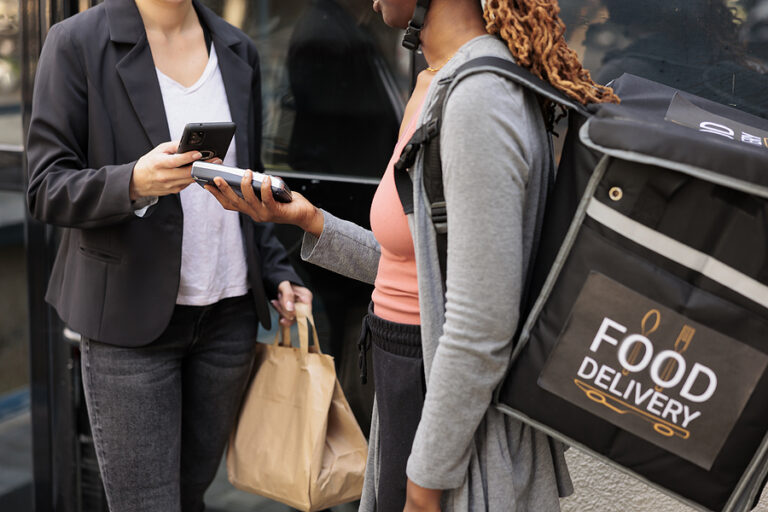How To Do a Chargeback Right

If you’re a cardholder researching how to do a chargeback, you’ve come to the right place! We’re going to show you the best way to resolve a disputed transaction to get the best results. At ChargebackHelp, we have worked with cardholders, merchants and the banks that switch the money between them for a long time. When things go sideways (or backwards) in any transaction, we have seen the best (and worst) ways to resolve the problem.
There are several valid reasons to dispute a transaction. We’ll go over each of them shortly, but with very few exceptions, you’ll want to follow our simple 3-step process to resolve your dispute. Pay attention, because what we’re about to disclose is a radical departure from the conventional wisdom of dealing with disputes.
Follow these steps in dealing with your dispute:
Step 1: Contact the merchant!
Too often, cardholders take their disputes to their bank because they know their bank will most likely give them the refund they seek. But it is important to realize that in this day and age, retailers are more than happy to issue a refund for most disputes, no questions asked. Not only that, you are doing the merchant a favor by contacting them first, and they will show their appreciation.
Merchants worth their salt will want to retain you as a customer, because customers that come to them with their issues are exemplary (and rare). Going through the merchant may get you more than just a refund. A shrewd cardholder can maneuver to earn some reward or incentive for bringing the issue to the merchant. The last thing a merchant wants is to deal with a chargeback or lose a customer.
Step 2: See Step 1
We cannot stress this one enough; go through the merchant first. You will achieve the same outcome, plus you’re in a great position to get a little something extra in return. Furthermore, banks keep track of all the refund requests their customers come to them with. Even if all your chargebacks are completely valid, multiple chargebacks are suspicious. You do not want that.
Step 3: If steps 1-2 fail, THEN contact your issuing bank.
In cases of fraud, where you are seeing charges on your statement that you did not make, you should absolutely contact your issuing bank. They are in the best position to deal with fraudulent use of your credit cards.
The chargeback was created by credit card companies to empower cardholders to fight fraud, but also as a recourse against shady merchants who do not deliver on products or services you pay for. That means you should first go through the merchant for a resolution, and use chargebacks as a last resort because that is how they were designed.
Perfectly Valid Reasons for a Return
The last thing a merchant wants is a chargeback. Receive too many chargebacks, and a merchant can lose their processing. So if your dispute is remotely valid, you will get a resolution from the merchant.
We’ve heard some crazy reasons for a return before, like “I left my curling iron on the cruise ship, so I need a refund” or “I’d like to return this Christmas tree, it is clearly dead.” But no matter how crazy a return request may sound, if it falls into these 8 categories, you have a valid case for a resolution:
- Transaction not authorized (fraud)
- Goods/services not received
- Merchandise defective or not as described
- Recurring fees after cancellation
- Duplicate charge for a single transaction
- Charged the wrong amount
- Wrong currency
- Credit not received
If you have a transaction that falls into one of this categories, banks will issue a chargeback. Merchants know this, and because they’d rather not get a chargeback, you have an excellent case for getting a refund. The difference between a chargeback and a refund may seem negligible to you since the end result is the same, but there is a difference. Appreciating that difference can yield some added benefits for you.
Trust us when we say that any merchant who knows what they’re doing prefers to issue a refund than to deal with chargebacks.






